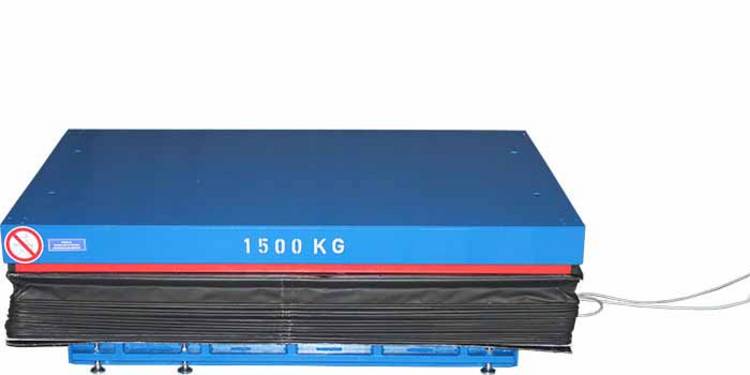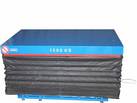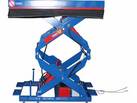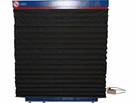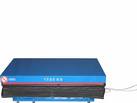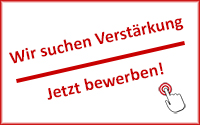Bellows is an option that can be used as a barrier for lift tables. Compared to the other types of protection, it offers several advantages, which we would like to present to you now.
How do you secure the scissors?
The question arises as to how the area under the scissors can be reliably secured. If the scissor lift table is not installed in a shaft or inside an enclosure, then there are basically four barrier options that can be implemented:
- A corrugated wire-mesh screen.
- A PVC roller screen.
- A bellows.
- A sheet metal apron.
Each of these protection types offers its own advantages and disadvantages, which we explain in detail in the article "Barriers in use on scissor lift tables“. Here, we want to concentrate on the bellows.
The advantages and disadvantages of bellows
The big advantage of bellows over a corrugated wire-mesh screen and a PVC roller screen is that the scissors are completely protected. This means that there is no open area through which a person could stick their hand.
However, this complete hand protection guard comes with a few disadvantages:
- Higher price
The bellows is one of the more expensive types of barriers for a lift table. Only the sheet metal apron can be more expensive, depending on the design. - More complex design
As the bellows is completely closed, the air cannot escape when the scissor lift table is lowered. Without an outlet opening, the bellows would inflate. - Susceptibility to wind
If the lift table is used outdoors, we recommend using a corrugated wire-mesh screen or a sheet metal apron. Both the PVC tarpaulin and the bellows are too susceptible to wind to be used in this situation and could be damaged in the worst case.
It is also worth mentioning that the bellows alone is often not sufficient as a barrier. If there is no view of the hazard area, it must be equipped with a safeguard that can only be overcome by tools (e.g. an enclosure with an electromechanical door). This also explains why this lift table has an additional al-round foot protection safety edge in addition to the bellows.
Other special features of the double-scissor lift table
The rest of the double-scissor lift table’s equipment is basically based on our standard lift tables. For example, the under-oil unit, the mounting bolts and the maintenance support struts are part of the delivery.
Threading in the platform
However, incorporating threads in the platform is not part of series production. As in this case, the customer often wants to attach a load-handling device or a fixture to the lift table. The easiest way to do this is to provide a suitable bore hole pattern.
As a rule, it makes the most sense if we drill the threaded holes for you. Firstly, we will manufacture the lift table anyway, so that the costs for machining the threads will be kept within limits. Secondly, we can already take the bore holes into account in the design phase and prevent an unforeseen collision between the scissors and fasteners.
Flemish operating instructions
As the lift table is used in Belgium, the documentation and CE declaration supplied with the lift table is of course in Flemish. After all, the operators should be able to understand the instructions.

